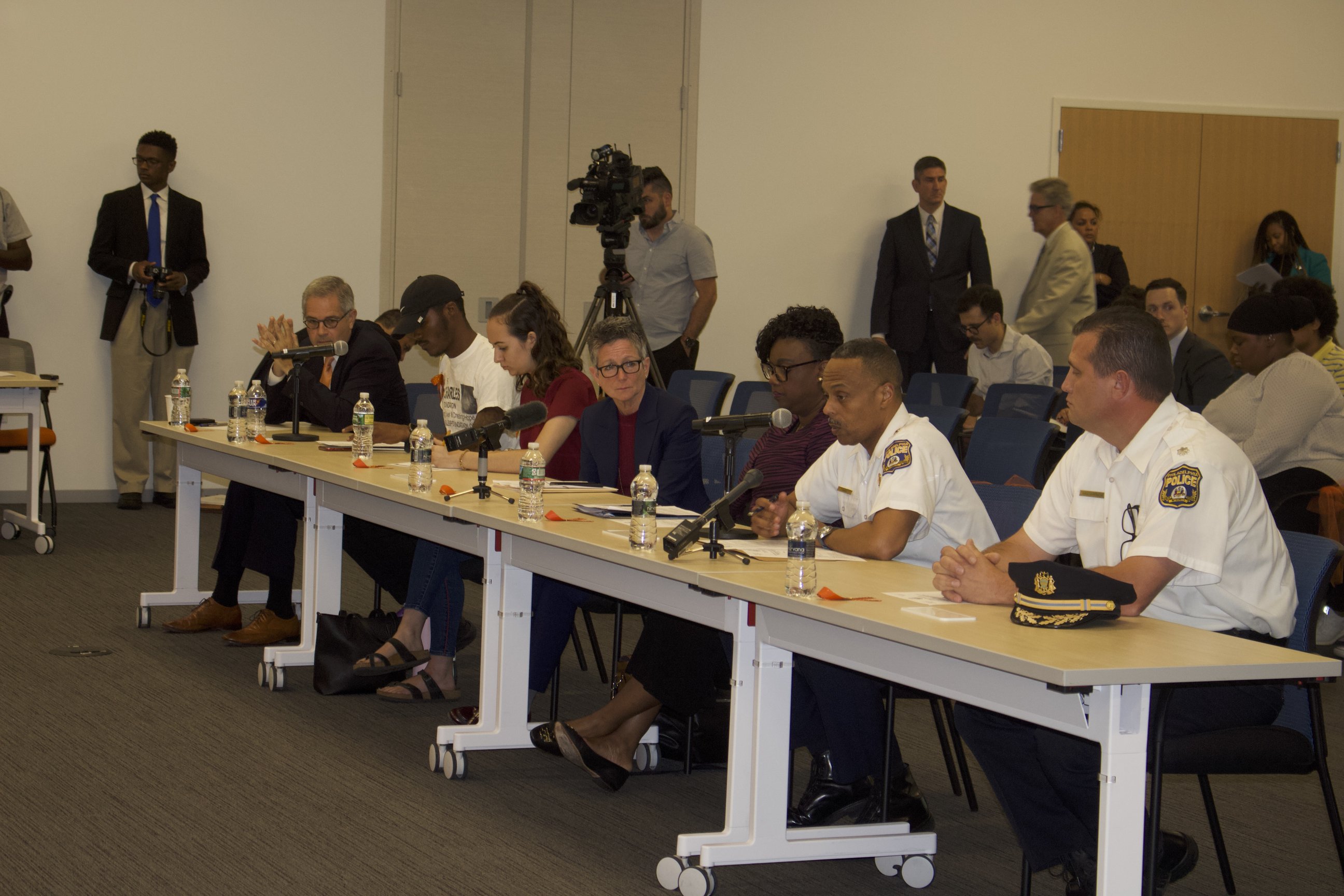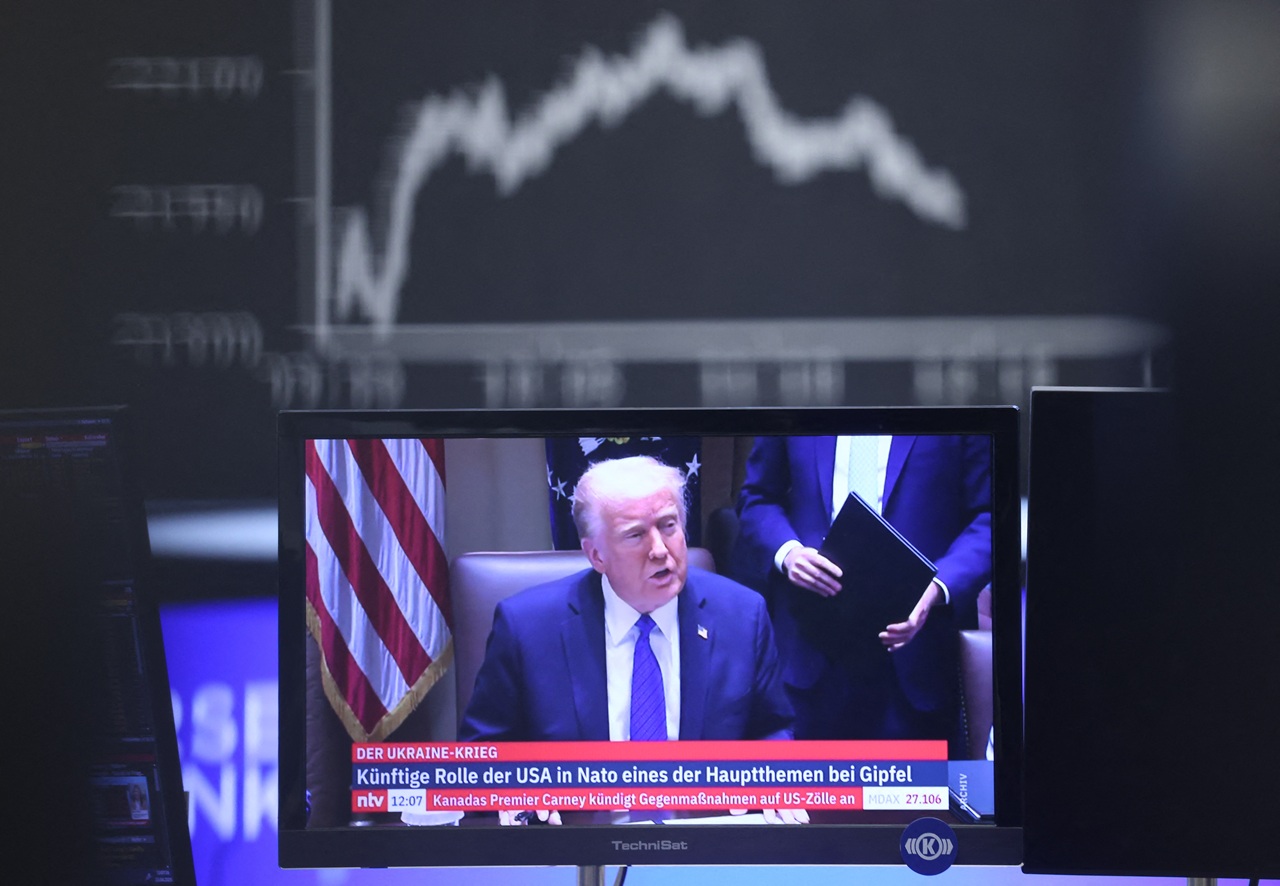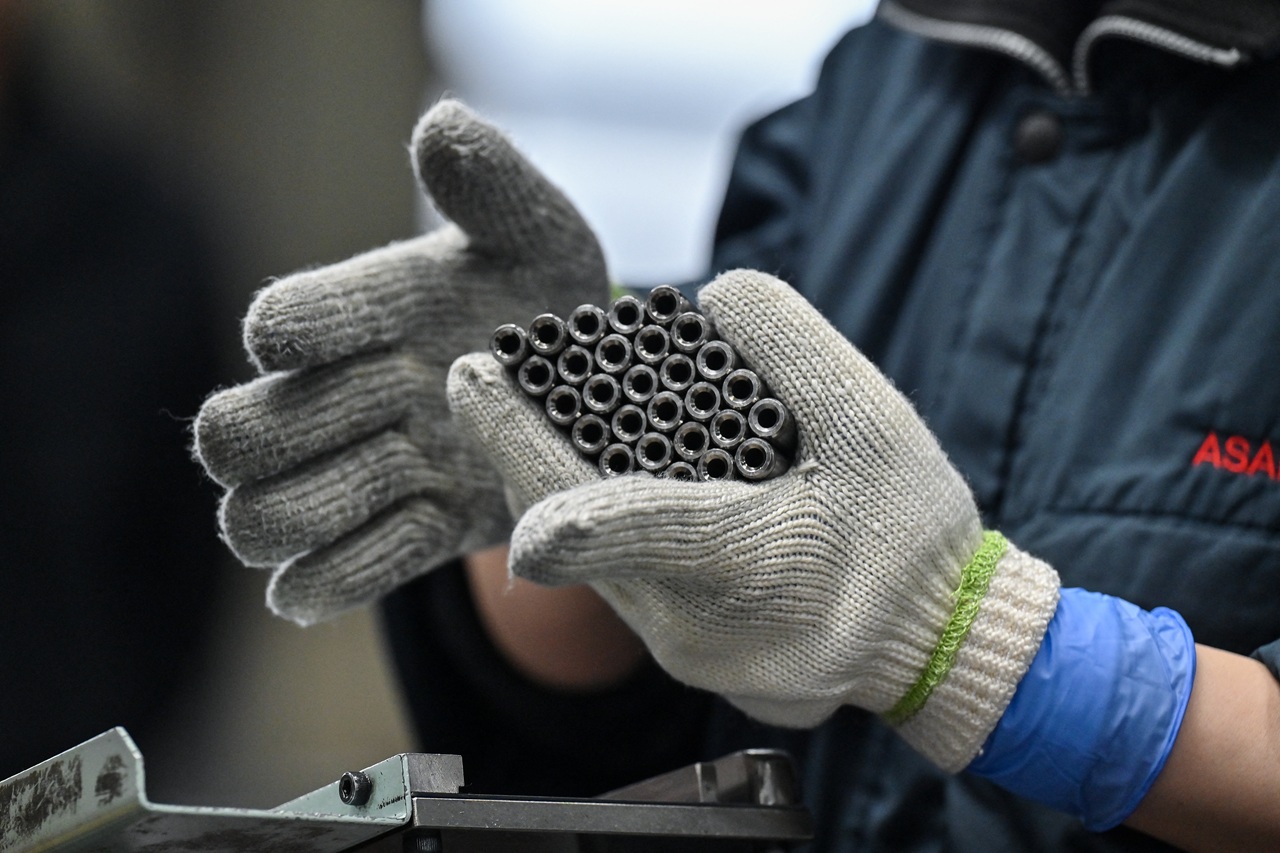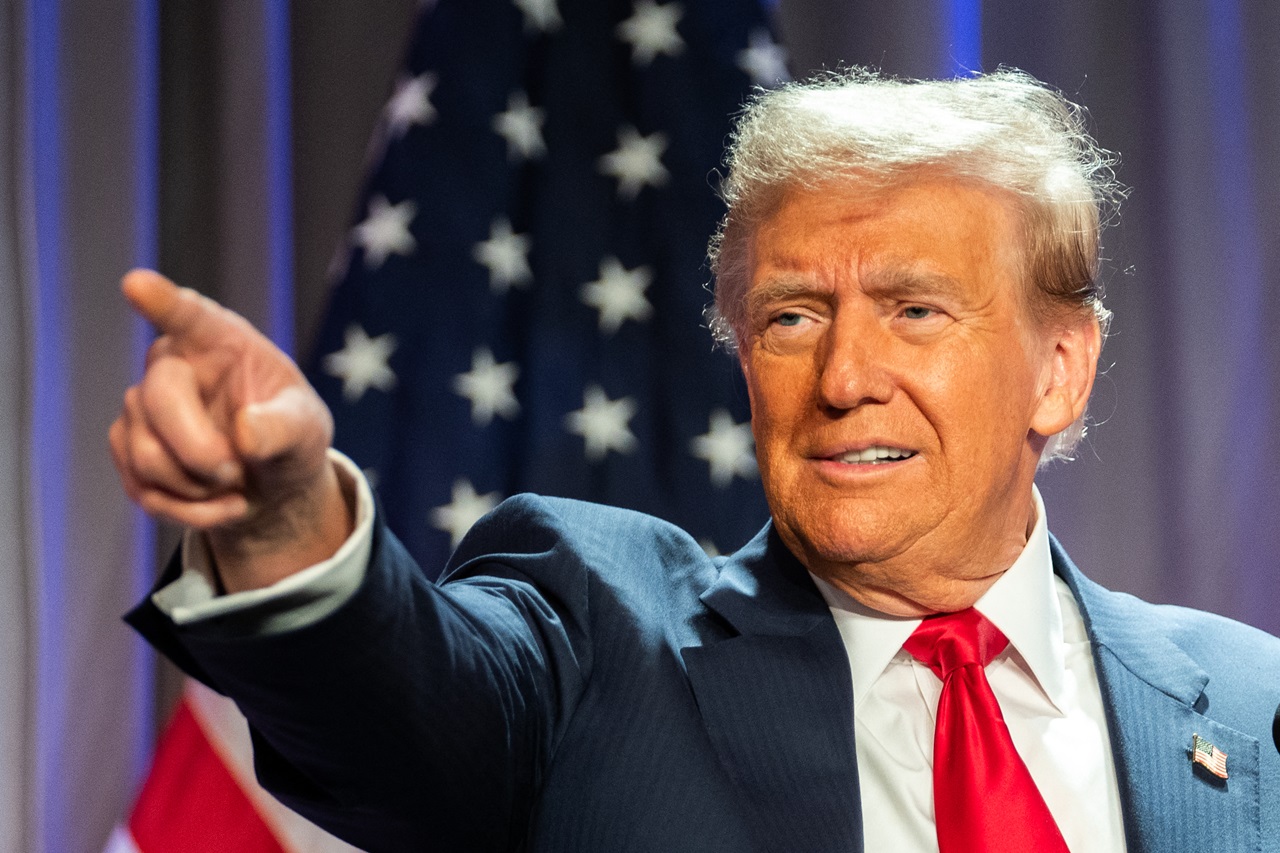
Philadelphia's gun violence is a multi-layered crisis
After a shooting or homicide takes place, the real story is beyond the crime scene tape. It lies in the pain and grief of the loved ones of the victims - the true gauge of the impact of gun violence. It is fast becoming a public health crisis.
This is what the city of Philadelphia lives through every day and all communities and people of all walks of life are affected in one way or another. As of Aug. 1, Philadelphia has seen a total of 815 shootings victims, with 156 of them being fatal.
On the heels of a press conference that called for the dire need to create a gun violence prevention strategy in Philadelphia, the State House of Representatives conducted a bi-partisan policy hearing on gun violence as a public health crisis.
“Two-thirds of gun violence deaths are actually suicides and they’re middle-aged white men,” State Rep. Movita Johnson-Harrell said to open the hearing. “In urban communities all across this commonwealth… we have young black men being killed at alarming rates.”
Due to the high number of gun-related deaths of all sorts—homicides, suicides and accidental—the Policy Committee at the House of Representatives are looking to declare gun violence a public health epidemic.
“We have to have the resources that are necessary to bring into our communities to make sure that we are diagnosing this, that we are treating this, and that we are preventing this,” said Johnson-Harrell.
During his testimony, he said that he sees far beyond the crime scene tape and into the pain, grief and suffering that the family members and friends feel after a shooting or homicide rips their lives apart.
“The violence in Philadelphia knows no boundaries… I take the pain of every victim and their families, personally, as do my commanders and officers,” Ross said.
Since taking over as Police Commissioner in 2016, Ross has worked diligently with city officials to address the violence in the city.
In Jan. 2019, Mayor Kenney released “The Road Map to Safer Communities,” a five-year plan with recommendations on how to drastically reduce shootings and homicides in the city. In response, the Philadelphia Police Department released a strategy called “Operation Pinpoint,” with the same goal in mind.
“The Philadelphia Police Department recognizes that there is no singular remedy for the prevalence of gun violence on our streets,” said Commissioner Ross. He also noted that any policing strategies has to be multi-faceted.
“Operation Pinpoint” is run with the integration of multiple city agencies, and is currently operating in seven Pinpoint Areas across six Police Divisions in the city. As additional resources are acquired, more districts will be included.
Since it was implemented in March 2019, shooting victims within the seven Pinpoint Areas are down 20% from last year, whereas in comparison to the rest of the city, there is an 8% increase. Year-to-date gun crime in those Pinpoint Areas is down 10%, in comparison to the rest of the city, which has a 4% increase.
This is one way in which the gun violence in the city can continue being addressed.
Since Philadelphia District Attorney Larry Krasner took office in Jan. 2018, his approach towards addressing the violence is one that looks at events from the past that led to where we are now.
“We have to deal with the reality of some big mistakes that were made in criminal justice decades ago… and the consequence of those mistakes is what we are seeing now,” Krasner said.
He noted that past decisions to cut public assistance, to not have a decent minimum wage, and to put so much money into jails are all causes of the crime we see now. While he wishes there was a way to reverse all those policies, he understands he can’t.
CONTENIDO RELACIONADO
“All that we can do is try not to repeat those mistakes of the past,” said Krasner.
Access to guns are also a huge factor in the level of gun violence in the Philadelphia. In several cities across the country, gun shows are often held where dealers display firearms. Krasner highlighted the issue with these events.
“It is… an obscenity that this state allows the sale of plastic guns at gun shows that are then combined with a few metal parts also bought at gun shows with no serial numbers and no background checks, and those guns are imported into the city from these gun shows,” he said.
Those guns are then often put into the trunk of a car and driven across city lines and purchased by criminals.
“I don’t care how pro-Second Amendment you are, anybody who believes that that makes sense, basically believes that there should be no control whatsoever on guns, and I respectfully disagree with that,” Krasner added.
Dr. Amy Goldberg is the Director of Trauma at Temple University Hospital, and has worked in various roles at the hospital since 1991.
While growing up in Broomall, Goldberg didn’t know anyone who had ever gotten shot. However, since she began her work, during Operation Desert Storm, she saw firsthand what bullets do to the human body.
“I vividly remember more young black men being shot and dying here in Philadelphia than the number of American soldiers dying in that overseas conflict,” she said.
She recalled that on her days off she would watch the Gulf War destroying Baghdad, while on her work days she cared "for patients dying from the war in North Philadelphia.”
“No one from CNN was interested in my war. For that matter, no one seemed interested in this war,” she added. “Twenty-eight years have passed. Much has changed, but much has stayed the same. I am still caring for young black men who have been shot. The wounds are more numerous and more complex. Increasingly, the guns being used in our cities now can actually be used in combat. The damage is extensive and the urgency is greater.”
“As I sit here today… the war continues and young lives are lost. Our young should be planning their futures, not having their funerals planned for them. We must speak, we must all speak.”
Trauma surgeons, emergency room doctors and nurses are often ignored in the larger scale of the topic of gun violence. But they see the gruesome reality of gun violence on a daily basis and how it impacts them and everyone else - in the battle waged outside our doors.










DEJE UN COMENTARIO: